|
|
|
When it comes to decluttering, we often talk about what to do and how to do it, but there is value as well in discussing what not to do with regard to decluttering. I've identified ten common pitfalls or obstacles to successful decluttering that can sabotage even the most well-intended efforts. Be on the lookout for these attitudes and behaviors when you are decluttering. Decluttering Mistake #1 - |
Make Your Bed |
|
The bed is the focal point of the bedroom, and as such, it has the power to dictate the mood of the space. A rumpled, unmade bed is an invitation to be messy. Clothing, shoes, and other articles strewn lazily about look perfectly at home with an unmade bed. On the other hand, a neatly made bed communicates order and inspires tidiness. To toss things about sloppily in such a space creates a sense of discord and unease. In essence, the space feels at odds with itself.
A made bed communicates something to its owner as well. It says, “I care. I’m invested in my space and myself.” Simply making the bed starts each day off on the right foot. Before leaving the bedroom, you have accomplished something productive and set a positive tone for the day.
A made bed communicates something to its owner as well. It says, “I care. I’m invested in my space and myself.” Simply making the bed starts each day off on the right foot. Before leaving the bedroom, you have accomplished something productive and set a positive tone for the day.
Deal with Dirty Dishes |
|
It’s tempting to toss dirty dishes in the sink and walk away, but like an unmade bed, a sink full of dirty dishes sends a message that order is not a priority. It also serves as a nagging irritant. Those dirty dishes are a constant reminder of a thing that requires your attention. The fact that you’re not dealing with it can lead to feelings of guilt. The more dishes that pile up, the less appealing the task becomes, and the more you’ll feel like procrastinating. The longer you procrastinate, the more dishes pile up and the more time consuming the task becomes.
Before you know it, a few dirty dishes can lead to a whole lot of [unnecessary] stress. But it doesn’t have to be that way. Try these tips for controlling dirty dishes – so they won’t control you.
- Start meal prep with a clean kitchen. If there are dirty dishes in the sink when you enter to prepare a meal, take a few minutes to clear them out. Otherwise, before you know it the sink will be overflowing. Starting with a clean slate makes it easier to stay on top of things and makes the task of cleaning up after the meal less onerous.
- Wash as you go. Fill the sink with soapy water and place kitchen tools in the suds as you finish with them. They can soak while you prepare the meal, and when you’re done, all they’ll need is a quick rinse.
- Utilize cook time for cleanup. While dinner is in the oven, use the time to wash any dishes you used to prepare the meal. This will mean that all you have to deal with after dinner are the plates, glasses, and flatware used during the meal which only takes a few minutes.
- Practice rinsing and loading dishes immediately. This is important whether you are dealing with onesies and twosies or dishes for a dinner party (including pots, pans, and other preparation tools). The quicker those dishes are dealt with, the better you will feel.
- Washing dishes can be therapeutic. Instead of treating the dishes as a dreaded task, look for ways to make it more appealing. Set up a bluetooth speaker and listen to your favorite music, podcast, or lecture series while you work. Think of washing dishes as a metaphor for washing away stress. As you scrub the grime off of plates and pans, picture the stresses of the day gurgling down the drain along with the residue of dinner.
Keep Clothing Under Control |
|
Clothing, whether dirty or clean, can be a major culprit in contributing to clutter. The funny thing is, it only takes a few seconds to hang up or put away a single article of clothing, barely more time than it takes to dump it on the floor, the bed, the furniture, etc. If, however, it’s left to pile up over the course of days, the time required to put things where they belong increases significantly. The key is to set yourself and your family up for success.
This can be achieved by simplifying the process as much as possible. Here are some examples:
This can be achieved by simplifying the process as much as possible. Here are some examples:
- Install hooks on the wall near the door for coats. If you have the space, set up a shelf with baskets for accessories and a shoe cubby of some sort.
- Try replacing dressers with a set of cubbies filled with baskets. Designate a basket for socks, one for t-shirts, one for pajamas, etc. Don’t worry about whether or not every item in the basket is properly folded; just be glad the items make it into the basket instead of onto the floor.
- Use lidless hampers for dirty clothes.
Manage Your Mail |
|
For many people, there is something truly intimidating about mail. Mail requires decision making, and we often encounter it at a point in the day when we’re tired of making decisions. So, we leave it to deal with later, and before long, it has become an overwhelming pile. On the other hand, if you’re only dealing with a single day’s mail, it only takes a few minutes (sometimes less) to complete the task.
The secret to preventing pile up is to develop (and utilize) a system for dealing with the mail. Designate a spot for opening the mail each day. Make sure there is a pair of scissors or letter opener nearby. It’s also useful to have a bin handy for recycling junk mail. As soon as the mail enters your house, sort it according to type: things to be recycled (put them directly into the bin), things to be shredded, things that require immediate attention (to do now), and things that require action but can wait (to do later). Have a place for each type of item, and immediately put items in their proper place. If you have time to deal with an item that requires action, do it.
The secret to preventing pile up is to develop (and utilize) a system for dealing with the mail. Designate a spot for opening the mail each day. Make sure there is a pair of scissors or letter opener nearby. It’s also useful to have a bin handy for recycling junk mail. As soon as the mail enters your house, sort it according to type: things to be recycled (put them directly into the bin), things to be shredded, things that require immediate attention (to do now), and things that require action but can wait (to do later). Have a place for each type of item, and immediately put items in their proper place. If you have time to deal with an item that requires action, do it.
Put Stuff Away |
|
This may seem like a no-brainer, but a lot of clutter collects from people walking in the door and dumping whatever they're carrying. The best way to prevent this is to have a place for things like purses, keys, coats, and shoes, and put them in their place as soon as you enter.
If you’ve made purchases, put them away. If you’re carrying the mail, deal with it. Most things can be put away in a matter of minutes (or less). Not putting things away leaves the home feeling cluttered and invites buildup over time which requires significantly more effort to be dealt with.
If you’ve made purchases, put them away. If you’re carrying the mail, deal with it. Most things can be put away in a matter of minutes (or less). Not putting things away leaves the home feeling cluttered and invites buildup over time which requires significantly more effort to be dealt with.
Try implementing these five suggestions for conquering surface clutter. I think you'll find that it helps a great deal with controlling the overall clutter in your home.
Clutter is a byproduct of choice. With every advance in technology our choices increase, and with those increasing choices comes an increase in clutter. There are several reasons why this is true.
In some cases, advancing technology produces products we’ve never seen before but are sure we need to improve the quality of our lives. Sometimes, a newer, nicer version causes us to feel dissatisfied with our existing product, so we go out and buy a replacement. Instead of actually replacing the outdated item, though, we hold onto it because “it’s still good” or “it might be worth something”. Thus, clutter is born.
People think the answer to their clutter problem is more space, but in reality, the answer is almost always less stuff. A surefire way to control clutter is to limit your choices. As a bonus, controlling clutter by limiting choices can actually lead to increased happiness. Studies show that the fewer choices we have, the more satisfied and content we feel.
Lauren Migliore explains it this way in her article “I Can’t Decide! Why An Increase in Choices Decreases Our Happiness”:
In some cases, advancing technology produces products we’ve never seen before but are sure we need to improve the quality of our lives. Sometimes, a newer, nicer version causes us to feel dissatisfied with our existing product, so we go out and buy a replacement. Instead of actually replacing the outdated item, though, we hold onto it because “it’s still good” or “it might be worth something”. Thus, clutter is born.
People think the answer to their clutter problem is more space, but in reality, the answer is almost always less stuff. A surefire way to control clutter is to limit your choices. As a bonus, controlling clutter by limiting choices can actually lead to increased happiness. Studies show that the fewer choices we have, the more satisfied and content we feel.
Lauren Migliore explains it this way in her article “I Can’t Decide! Why An Increase in Choices Decreases Our Happiness”:
|
Vertical Divider
|
Through various behavioral studies, researchers have confirmed that being awash with choice is harmful to our psychological, biological, and emotional well-being. It’s a source of regret, depression, and anxiety over missed opportunities, and it plants unrealistically high expectations within us. Additionally, researchers looking at images of brain activity during decision-making processes found that constantly making decisions will not only deplete our mental energy but also reduce our willpower and efficiency in making subsequent decisions. So the question begs, at what point does choice go from being accommodating and liberating to intimidating and debilitating?
|
Vertical Divider
|
Applying Clutter Constraints |
If too many choices lead to unhappiness and too much stuff leads to clutter, then a simple approach to this problem is to place limits on how much stuff we keep. The key is to make mindful decisions based on naturally (or in some cases self) imposed constraints. Such constraints can be spatial in nature, or they can be numeric.
Spatial Constraints |
Spatial constraints result when you let the available space determine what you keep. For instance, if you’re a book lover, but you only have space for one bookcase in your apartment, then the number of books you keep should be limited to the capacity of your bookcase. Books that don’t fit on the bookcase become clutter, and as such, they lose their identity, becoming part of the landscape.
If you are a crafter and you have a large closet available for storing craft supplies, then you must limit your craft supplies to what can be contained within that closet. Find ways to maximize the space and then minimize your supplies, keeping only those things you know you’ll actually use.
If you are a crafter and you have a large closet available for storing craft supplies, then you must limit your craft supplies to what can be contained within that closet. Find ways to maximize the space and then minimize your supplies, keeping only those things you know you’ll actually use.
Helping Children Establish Limits |
Young children are natural hoarders. They are unable to assign realistic value to things. In their eyes, the cheap plastic toy that came with their lunch is as valuable as the $50 building set they got for their last birthday. Value is directly linked to ownership. I own it, therefore it’s important to me. If left to their own devices, children’s rooms can quickly become overwhelmed with school papers, personal artwork, completed coloring books, birthday party favors, happy meal toys, bits of erasers and pencils, old greeting cards, etc.
A great way to compromise with your kids while simultaneously containing their clutter is to assign them a keepsake box. You determine the size of the box. They determine what goes inside. When the box starts to get full, it’s time to reassess its contents. This is the responsibility of the child. It is the space, and not the parent, that is limiting what they can keep, so you don’t have to be the bad guy, always threatening to toss things out. In addition, the child learns several important skills to include decision making, evaluating the true value of things, and self-limiting (because no matter what popular culture implies, we can’t have it all).
A great way to compromise with your kids while simultaneously containing their clutter is to assign them a keepsake box. You determine the size of the box. They determine what goes inside. When the box starts to get full, it’s time to reassess its contents. This is the responsibility of the child. It is the space, and not the parent, that is limiting what they can keep, so you don’t have to be the bad guy, always threatening to toss things out. In addition, the child learns several important skills to include decision making, evaluating the true value of things, and self-limiting (because no matter what popular culture implies, we can’t have it all).
Numerical Limits |
When there are no inherent restraints, you must create your own. Learn to limit yourself by deciding in advance how many of something you will own (shoes, handbags, kitchen gadgets, tubes of lipstick, video games, coffee mugs, etc.). Just because you have four functional pizza cutters in your kitchen drawer, that doesn’t mean you need four pizza cutters. Pick your favorite and part with the rest.
In order to remain within the numeric limits you set for yourself it will be necessary to purge regularly. When you find a black sweater you can't live without, go ahead and get it. Then sort through the six black sweaters already in your closet and choose one to part with.
In order to remain within the numeric limits you set for yourself it will be necessary to purge regularly. When you find a black sweater you can't live without, go ahead and get it. Then sort through the six black sweaters already in your closet and choose one to part with.
Enjoy the Liberating Affects of Constraints
Too often we fret over things we don’t really want or need, or in some cases even like. We limit ourselves by remaining tied to things that don’t speak to our hearts or serve a valuable purpose in our lives. Instead of limiting yourself, I recommend limiting your stuff. Rather than worrying about what you spent, or who gave you something, or whether or not a thing still has value, try focusing on living comfortably within your space. I think you’ll find it tremendously liberating.
Purging, decluttering, downsizing – these are all different ways of referring to the process of pairing down one’s belongings. Whatever you call it, this process is often thought of in negative terms – what must I get rid of? The problem is most people like their stuff and are therefore reluctant to part with it, even if they recognize they have way too much.
Asking “What must I get rid of?” puts a negative emphasis on the decluttering process. This is unfortunate because there are many positive effects that come from reducing the excess in our lives. Reframing this and other questions associated with purging or decluttering can make the process simpler and less stressful.
Asking “What must I get rid of?” puts a negative emphasis on the decluttering process. This is unfortunate because there are many positive effects that come from reducing the excess in our lives. Reframing this and other questions associated with purging or decluttering can make the process simpler and less stressful.
Begin with a vision |
The purpose of stuff is to make our lives easier and more enjoyable. Every thing serves a function. In some cases, the function is simply to make someone smile. Often, however, we become weighed down by our things, and instead of adding to our well-being, they detract from it. To truly understand what it is you want from your stuff, you need to look deeper at what you want out of life.
If your clutter is causing you stress, then you’re not living your ideal life. What does that life look like? If your home and life were clutter-free, what would you do with your new-found freedom? What would your environment look like? How would you spend your time? How would your space feel?
The answers to these questions will help you develop a vision for your space and your stuff as a support structure for your ideal life.
If your clutter is causing you stress, then you’re not living your ideal life. What does that life look like? If your home and life were clutter-free, what would you do with your new-found freedom? What would your environment look like? How would you spend your time? How would your space feel?
The answers to these questions will help you develop a vision for your space and your stuff as a support structure for your ideal life.
Let your vision inspire you |
Once you have a vision of your ideal life, you can put that vision to work to help you create an environment wherein you can thrive. It can be helpful to generate mental and visual imagery to inspire, energize, and motivate you throughout the decluttering process.
Start by writing a vision statement for your ideal life and/or space. If you’re having difficulty articulating your vision, try brainstorming words that characterize what you’re striving for. These could be words that describe the space itself such as comfortable, classy, spacious, clutter-free, cozy, peaceful, homey, inviting, timeless, open, kid-friendly, rustic, personal, etc. You can also list words or phrases that illustrate how you want to live in or use the space such as relax, unwind, meditate, entertain, create, play, read, watch movies, or exercise, to name a few.
Another way to capture your vision is through images. Look for pictures on the internet or in magazines of interiors or activities that epitomize your desires. Print them or cut them out and use them to create a vision board. Place your board where you will see it frequently. It’s important that your vision board is readily visible without having to open a book or log on to your computer. It needs to be out on display to be truly effective as a source of inspiration.
Please note that the goal here is to embrace a realistic vision for the space you live in, not a 4,000 square foot dream home with an ocean view, game room, sauna, and bocce ball court (unless, of course, that accurately describes your current home). Whether you live in a tiny one-bedroom apartment or a rambling 1960’s ranch-style home in need of renovation, focus on idealizing your space. Keep the dream home as a long-term goal, but make a short-term goal of loving where you live now. Among military families this is referred to as ‘blooming where you’re planted’.
Start by writing a vision statement for your ideal life and/or space. If you’re having difficulty articulating your vision, try brainstorming words that characterize what you’re striving for. These could be words that describe the space itself such as comfortable, classy, spacious, clutter-free, cozy, peaceful, homey, inviting, timeless, open, kid-friendly, rustic, personal, etc. You can also list words or phrases that illustrate how you want to live in or use the space such as relax, unwind, meditate, entertain, create, play, read, watch movies, or exercise, to name a few.
Another way to capture your vision is through images. Look for pictures on the internet or in magazines of interiors or activities that epitomize your desires. Print them or cut them out and use them to create a vision board. Place your board where you will see it frequently. It’s important that your vision board is readily visible without having to open a book or log on to your computer. It needs to be out on display to be truly effective as a source of inspiration.
Please note that the goal here is to embrace a realistic vision for the space you live in, not a 4,000 square foot dream home with an ocean view, game room, sauna, and bocce ball court (unless, of course, that accurately describes your current home). Whether you live in a tiny one-bedroom apartment or a rambling 1960’s ranch-style home in need of renovation, focus on idealizing your space. Keep the dream home as a long-term goal, but make a short-term goal of loving where you live now. Among military families this is referred to as ‘blooming where you’re planted’.
Ask the right questions |
This blog post began with a question – What must I get rid of? When your focus is on positive purging, you ask different questions. Instead of fixating on what you have to part with, your emphasis shifts to what you’re going to keep. Your vision statement becomes the litmus test for determining what things deserve a place in your home. Instead of asking “What must I get rid of?”, consider asking questions such as:
- Does this item support my vision for my desired lifestyle?
- Can I see myself wanting or needing this item in my ideal space?
Focus on finding your treasures, those things that speak to your heart and support your needs and desires for your home and your lifestyle. Positive purging is mindful purging – purging with an inspired purpose. When you purge positively, you don’t have to think about how much you spent on an item, or whether it might be useful someday, or who might be offended if you get rid of something. Instead, you concentrate on the lifestyle you want to foster.
Release items to serve elsewhere |
Some stuff is junk and as such it belongs in the trash, but many items have value, even if they no longer serve a purpose for us personally. This is, of course, one reason people struggle to get rid of things they really don’t want or need. Positive purging has two facets. The first is focusing on what you want and need to keep to meet your own needs and desires. The second is finding a happy and appropriate home for those things you’re letting go. This can be achieved in a variety of ways.
Many people hold onto empty containers thinking they may come in handy. These include glass jars, plastic containers with lids or shaker tops, empty pill bottles or film canisters, and cardboard boxes in all shapes and sizes. If you do not have an immediate use for these items, get rid of them. If at all possible, please recycle them. Other items still in serviceable condition can be given to others or sold. Knowing your unneeded items are going to a good home can make parting easier. You can feel good about helping the environment and/or helping those whose circumstances are less fortunate than your own.
Many people hold onto empty containers thinking they may come in handy. These include glass jars, plastic containers with lids or shaker tops, empty pill bottles or film canisters, and cardboard boxes in all shapes and sizes. If you do not have an immediate use for these items, get rid of them. If at all possible, please recycle them. Other items still in serviceable condition can be given to others or sold. Knowing your unneeded items are going to a good home can make parting easier. You can feel good about helping the environment and/or helping those whose circumstances are less fortunate than your own.
Taking a positive approach to purging can turn a painful process into an exciting quest for peace of mind, personal satisfaction, and overall well-being.
Please Share |
If you found this page helpful, please share it with others you know who may be struggling with decluttering. Please leave me a comment as well in the section below. I would love to hear from you!
Archives
November 2022
September 2022
August 2022
May 2022
April 2022
March 2022
September 2021
August 2021
June 2021
May 2021
April 2021
March 2021
February 2021
January 2021
November 2020
October 2020
September 2020
July 2020
June 2020
May 2020
April 2020
June 2019
February 2019
December 2018
November 2018
September 2018
Categories
All
Clutter
Decision Making
Decluttering
DIY
Donating
Downsizing
Family
Goal Setting
Holiday
Motivation
Moving
Organization
Priorities
Productivity
Recommendations
Recycling
Saving Money
Spaces
Special Needs
Time Management
Transitions
Travel
Proudly powered by Weebly
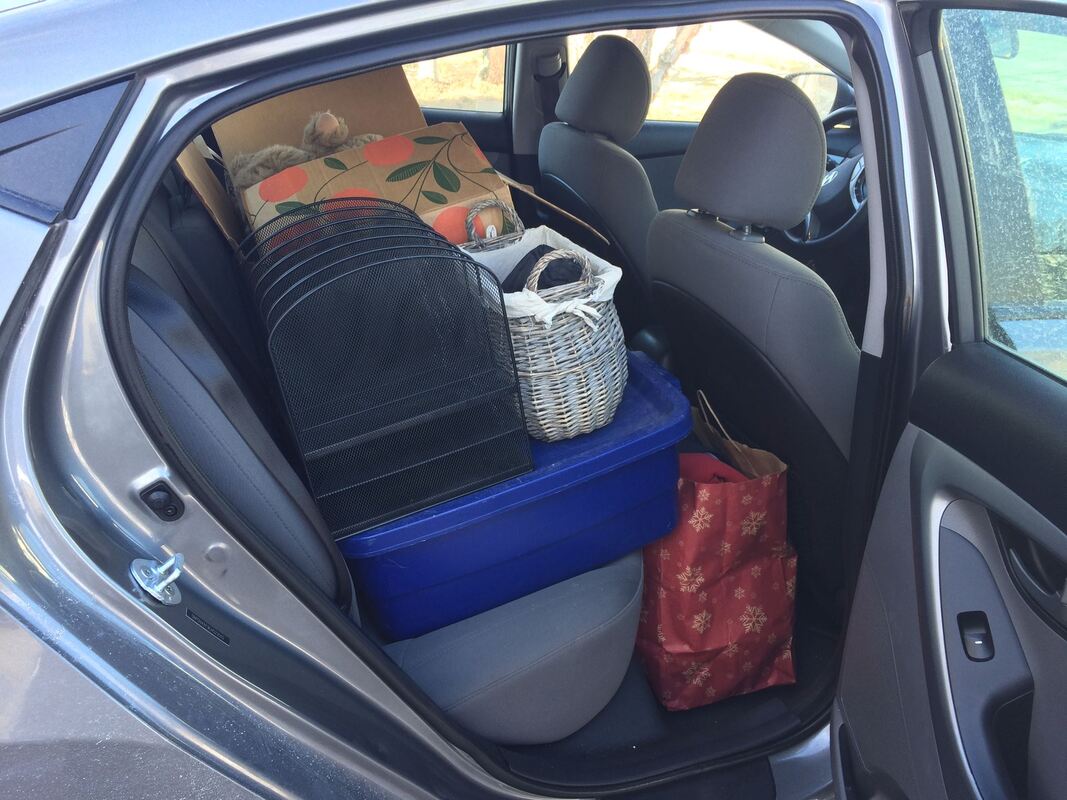

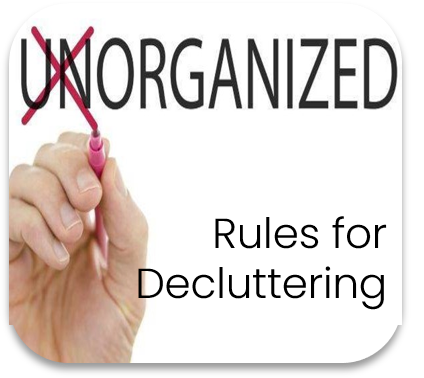
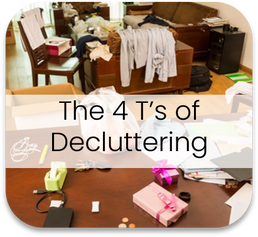
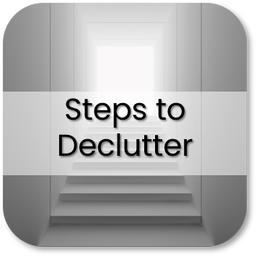
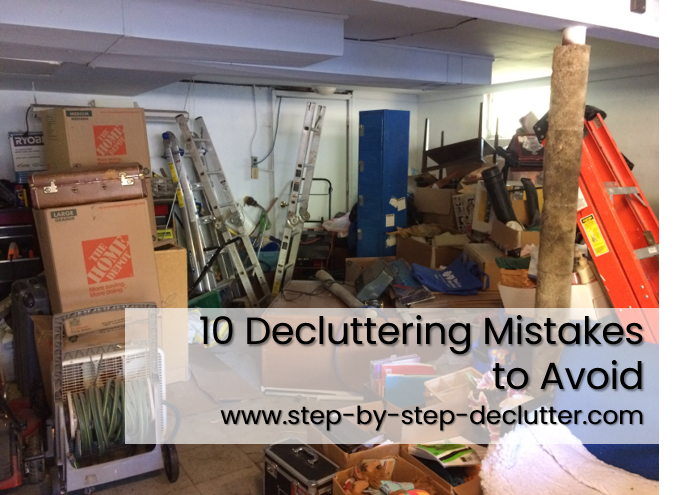
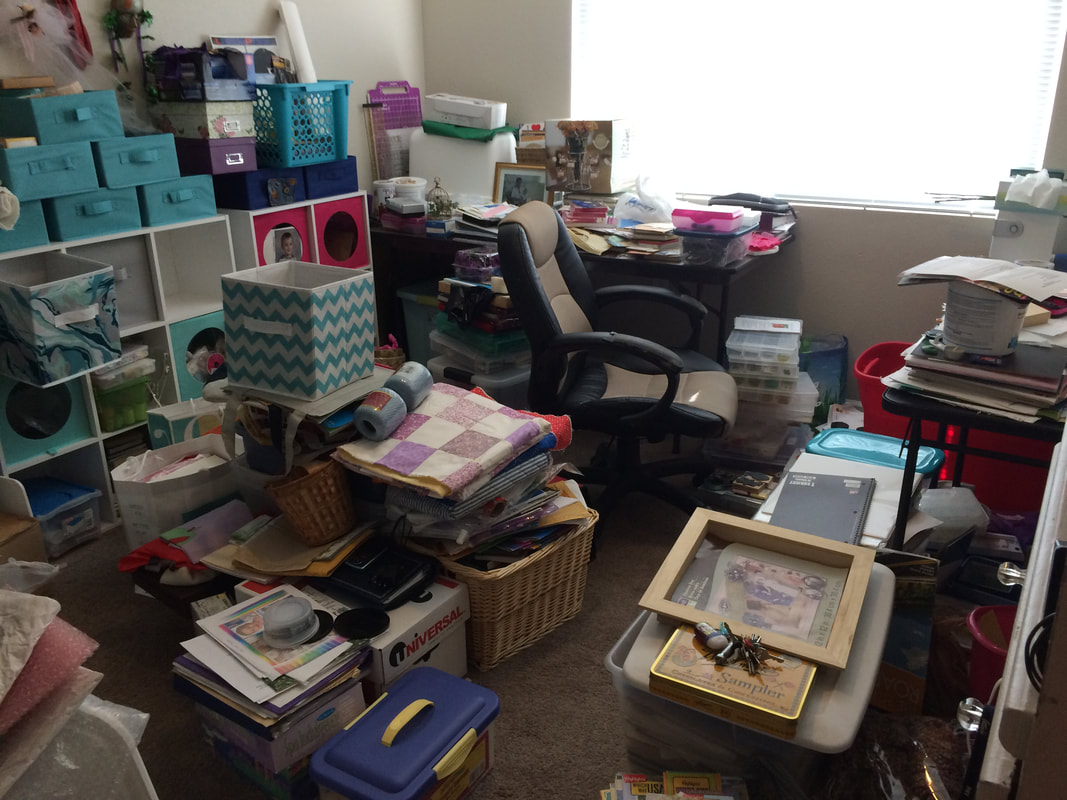

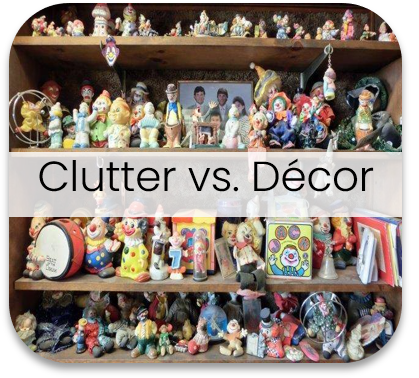

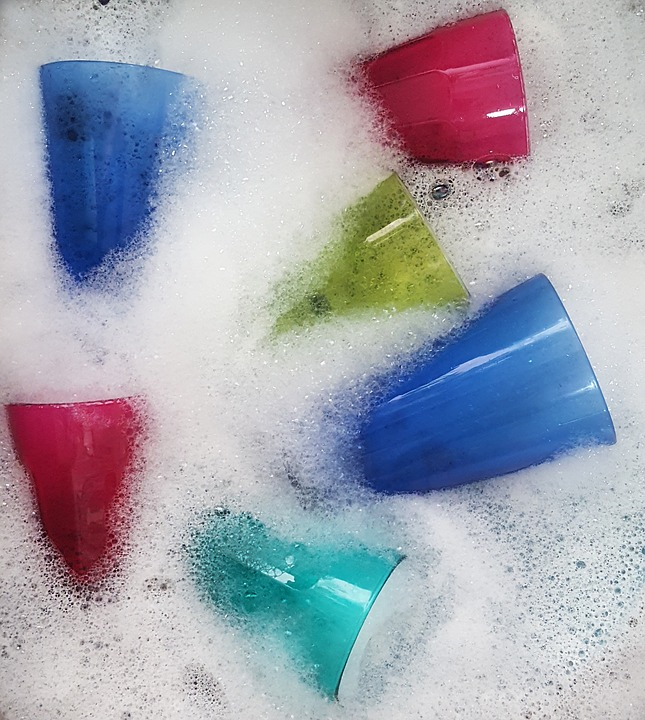
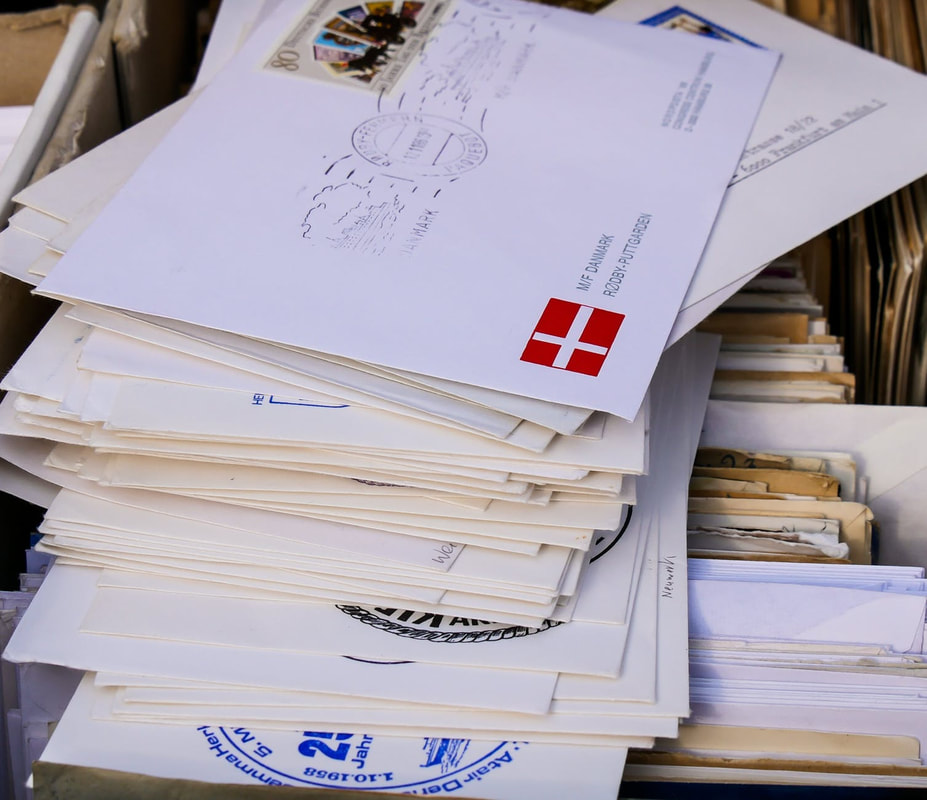



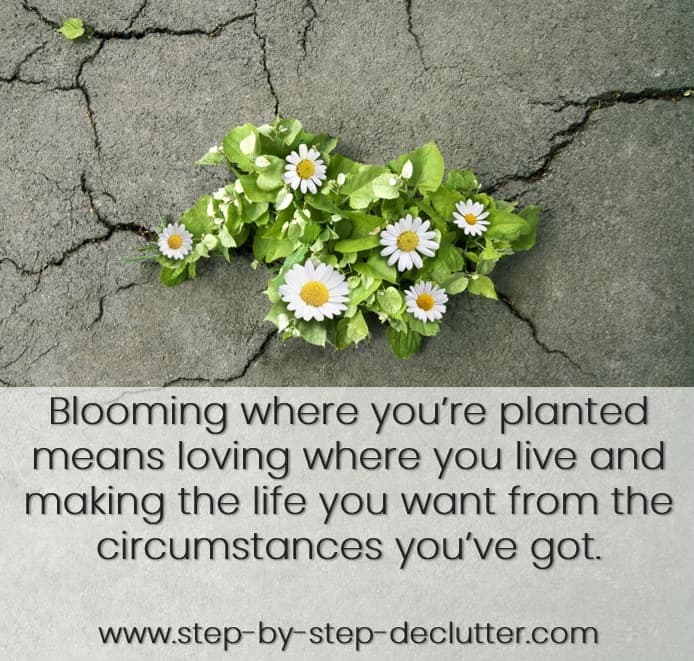
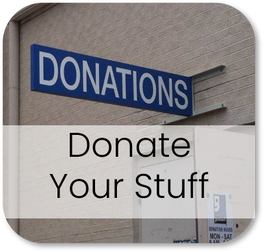
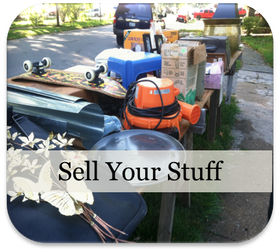
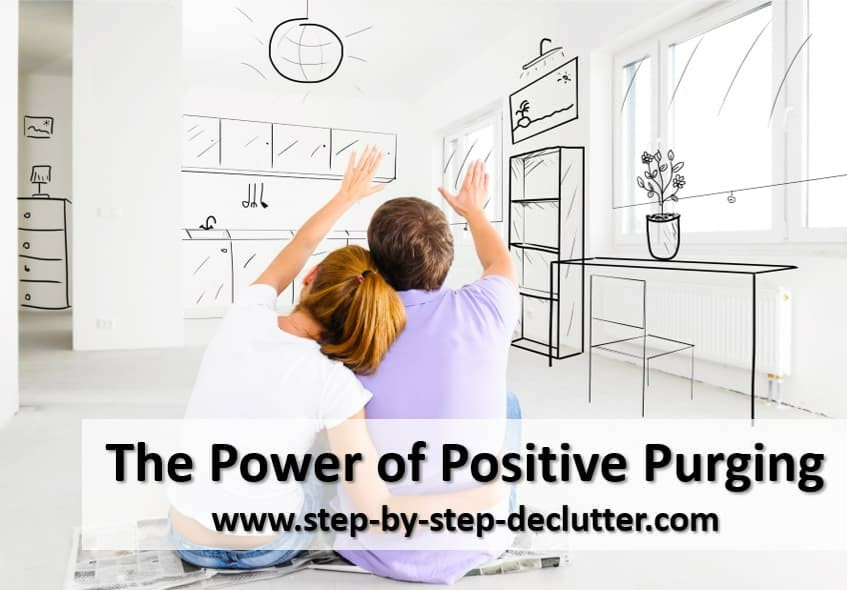

 RSS Feed
RSS Feed